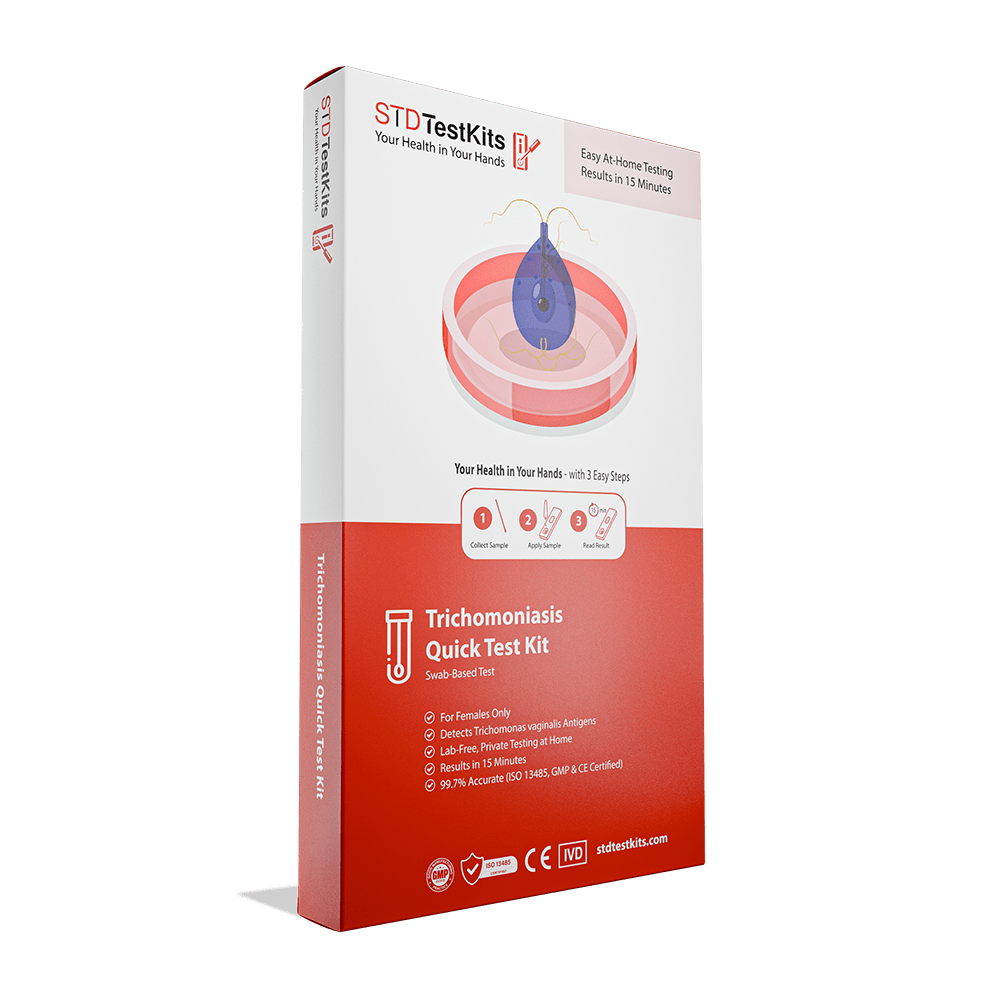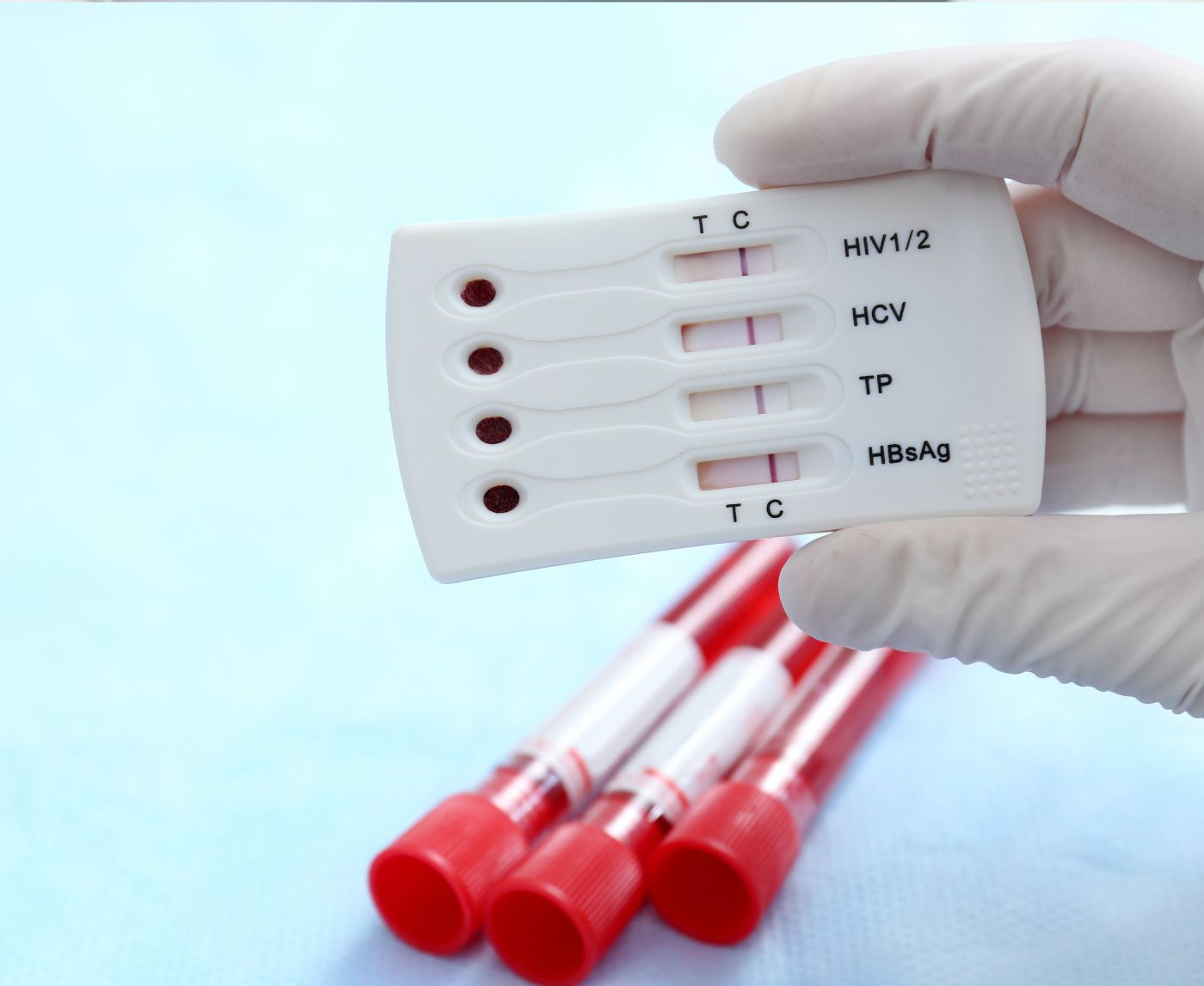Think You Have HIV? Why Testing Too Early Can Backfire
Quick Answer: Trichomoniasis symptoms are often more intense and noticeable in women, including discharge, itching, and odor. Men usually have no symptoms or mild irritation, which means many don’t know they’re infected unless they test.
Why This STD Hits Women Harder
Let’s start with the obvious: trichomoniasis isn’t fair. In most cases, people with vaginas experience stronger, more disruptive symptoms. That’s not a punishment, it’s anatomy and biology. The vagina is a mucous membrane with a finely balanced ecosystem. When a parasite like Trichomonas vaginalis crashes the party, it throws off pH, triggers inflammation, and creates a mess of discharge, burning, and odor.
Meanwhile, people with penises often act as silent carriers. The parasite can live in the urethra without stirring up much of a fuss, no discharge, no pain, no clue. That’s part of what makes trich such a stealthy STD. According to the CDC, around 70% of infected people don’t show symptoms at all. And the gender split? Women are more likely to notice. Men are more likely to pass it without knowing.

People are also reading: Can You Get Trich Without Cheating?
Common Trichomoniasis Symptoms in Women
Let’s get real about what trich feels like in women. The signs aren’t subtle. They’re messy, uncomfortable, and impossible to ignore once they start. But not everyone gets every symptom, and some may never notice anything.
Here’s what many women report:
Figure 1. Typical trichomoniasis symptoms reported by women. Not everyone experiences all symptoms.
Some women only experience a mild itch and don’t realize they’re infected. Others mistake it for yeast or BV, especially if they’ve had similar symptoms before. Testing is the only way to know for sure.
Trichomoniasis Symptoms in Men (If Any)
Now let’s talk about the other half of the equation. For men, trichomoniasis often flies completely under the radar. The parasite usually takes up residence in the urethra or under the foreskin, and it doesn't always throw a tantrum while it’s there.
But that doesn’t mean nothing happens. Some men do get symptoms, though they tend to be milder, come and go, or get mistaken for something else (like a shaving irritation or mild UTI). Here's what men who do notice symptoms often report:
Figure 2. Common (and often missed) trich symptoms in men.
This symptom gap is why trich is often labeled a “hidden STD in men.” They don’t feel it, don’t test for it, and unintentionally pass it to female partners who get full-blown symptoms weeks later, creating an emotional storm that feels like betrayal, even when no one cheated.
Why Gender Makes Trich So Confusing
The gender difference in trichomoniasis symptoms isn't just annoying, it's dangerous. Because so many men don’t know they’re infected, they rarely seek treatment until a partner tests positive and calls them out. That delay keeps the infection circulating.
For women, the symptoms can trigger shame or confusion. They might assume it’s a yeast infection or BV. They might treat with OTC meds that do nothing, all while continuing to spread the infection to partners.
This imbalance means that trich can circulate in couples for months without either person knowing. One partner might test negative because of poor timing, get reinfected, and the cycle continues. Without mutual testing, it’s easy to think someone lied or cheated, when really, they just didn’t feel anything.
“He Had No Symptoms. I Was Miserable.”
Antonia, 31, had been with her boyfriend for over a year when the itching started. Then came the smell. The discharge. The mortifying discomfort during sex.
“I thought it was BV again. I used the usual stuff. It didn’t help.”
She went to the clinic. Her trichomoniasis test came back positive. Her boyfriend? He swore he hadn’t cheated, and his test came back negative.
“I thought he was lying. I was devastated. But the doctor explained how easy it is for men to carry trich and not show anything.”
A week later, he got retested using a more sensitive test, and sure enough, he had it. No symptoms. No idea. They both took antibiotics and moved on. But Antonia says it changed how they communicate about sex forever.
“We test together now. Even if nothing’s wrong. It’s like brushing your teeth, you just do it.”
Why You Can’t Rely on Symptoms Alone
Here’s the bottom line: trich symptoms are inconsistent. They can be strong, subtle, or nonexistent. They can come and go. You can test positive with no symptoms, or negative even when things feel off (especially if tested too early).
If you or your partner has had new sexual contact, or you’re noticing changes like discharge, burning, or irritation, it’s worth getting tested. Don’t assume a negative test clears both of you. And don’t assume symptoms = cheating. Trich doesn’t play by relationship rules.
If you’re in doubt, peace of mind is one discreet test away. This at-home trich test kit gives you results fast, and privately.
Symptoms That Mimic Trich: What Else Could It Be?
If you’re experiencing itching, discharge, or pain, your first thought probably isn’t “trichomoniasis.” And that’s fair, it mimics a lot of other common conditions. This is where things get tricky (and often misdiagnosed).
Here’s how trich stacks up against other vaginal or urethral irritants:
Figure 3. Conditions commonly confused with trichomoniasis due to overlapping symptoms.
When symptoms overlap like this, over-the-counter treatments can mask the real problem, or make it worse. That’s why guessing isn’t enough. Only testing can tell you what you’re actually dealing with.
Trich Carries More Than Just Physical Symptoms
Women usually get help right away when they feel itchy and uncomfortable. Men often don't do anything when they don't feel anything. That gender imbalance causes a cycle of anger, mistrust, and late diagnosis. But trich affects you emotionally as well as physically, especially if you didn't expect it.
Women may feel like they're being punished for being "dirty" or having sex. A positive result may feel like an accusation to men, especially if they never had symptoms and didn't know they were carrying anything. The emotional fallout can look like:
- Doubt and fights between partners
- Shame or dirtiness
- Worry about telling new partners
- Treatment is put off because of fear or denial.
But here's the thing: trich doesn't care about your morals or being faithful. It doesn't mean you're careless or that your partner cheated. You probably just need treatment and a good, honest talk.

People are also reading: When an “Ingrown Hair” Is Actually an STD
Why Testing Matters Even Without Symptoms
Silence doesn’t mean safety. With trichomoniasis, most people never feel a single thing, no itch, no burn, not even a hint that something’s wrong. Studies estimate up to 70% of infections are asymptomatic. That’s how it spreads so easily: one partner feels miserable, the other feels fine, and the parasite keeps hitching rides between them.
This is the pattern. Men often carry trich quietly in the urethra. No obvious discharge. No discomfort. Nothing to tip them off. Women, on the other hand, usually get the messy, painful symptoms, the burning, the frothy discharge, the odor that makes them feel ashamed in their own bodies. That imbalance fuels arguments, accusations, and broken trust. But it’s not about cheating, it’s about how differently the infection behaves depending on anatomy.
And here’s the kicker: even without symptoms, trich can still cause damage. In women, it raises the risk of pelvic inflammation and pregnancy complications. In men, it’s been linked to increased chances of transmitting other STDs. So waiting for symptoms isn’t just risky, it’s playing a game you can’t win.
Testing is the only way to know. Not your nose. Not your mirror. Not your partner’s reassurances. Just a test. Whether you’re scratching yourself raw or feeling perfectly normal, the parasite doesn’t care. It lives, it spreads, it hides. Your job is to drag it into the light.
FAQs
1. Why are trich symptoms so much worse for women?
Short answer: biology. The vagina is a sensitive, pH-balanced ecosystem, and Trichomonas vaginalis throws it into chaos. That means inflammation, odor, discharge, all the things no one wants. Men? They’ve got a narrower playing field, so the parasite can hang out quietly without much fuss.
2. Can men really carry trich without knowing?
Yep, and they often do. No itching, no burning, no weird discharge, just business as usual. That’s what makes trich sneaky. You could feel perfectly fine and still pass it to someone else. That’s not malicious, it’s microbial.
3. What does trich look like in women?
Think yellow-green discharge, strong odor, and itching that drives you up the wall. Some describe it as “frothy,” which is way too cheerful a word for something that feels this awful. But not all women get every symptom, and a few get none at all.
4. Can trich feel like a yeast infection or BV?
Totally. You might treat it like one too, especially if you’ve had BV before and recognize the smell. The problem? Trich doesn’t care about your Monistat. It needs a targeted antibiotic, and guessing wrong just gives it more time to spread.
5. My partner tested negative, could they still have it?
Yes. Testing isn’t perfect, especially in men. Depending on the type of test and when they took it, it might’ve missed a low-level infection. Retesting in a couple of weeks (with better tools) is often the move.
6. How long can trich hide out without symptoms?
Weeks, months, sometimes longer. It can sit quietly, especially in men, and not trigger any immune response. That’s why it’s often discovered during unrelated screenings, or when one partner suddenly shows symptoms out of nowhere.
7. Can I pass trich back and forth with my partner?
Oh yeah, it’s called ping-ponging, and it’s as annoying as it sounds. One partner gets treated, the other doesn’t, and before you know it, you’re reinfected. That’s why you both need to treat and test, even if one of you feels fine.
8. What if I took meds but still have symptoms?
Then it’s time to talk to a provider. It could be treatment failure (rare but possible), a reinfection, or maybe it wasn’t trich in the first place. Testing again, especially for similar STDs like BV or chlamydia, can help clear things up.
9. Do condoms prevent trich?
They help, but not 100%. Trich lives in fluids and can hang out in areas condoms don’t cover, especially if there’s skin-to-skin contact. That said, using condoms consistently definitely reduces your risk.
10. Is it worth testing if I feel totally fine?
If you’ve had unprotected sex, or your partner tested positive, absolutely. Trich doesn’t always come with symptoms, but it does come with risks, like increased chances of HIV and complications in pregnancy. Don’t wait for drama to test.
Need Answers? Don’t Wait for Symptoms
Whether you’re burning with symptoms or feeling nothing at all, trich can still be there, and still be contagious. Don’t wait for things to get worse. Testing is easy, private, and available at home.
This at-home test kit checks for trich plus other common STDs, so you’re not left wondering if it’s something else. No clinic. No awkward conversations. Just results you can trust.
How We Sourced This Article: We reviewed CDC guidelines, peer-reviewed studies, and clinical case reports to build an accurate picture of how trichomoniasis symptoms differ between men and women.
Sources
1. CDC
2. Mayo Clinic
3. Healthline
4. PMC
5. NHS
About the Author
Dr. F. David, MD is a board-certified infectious disease specialist whose main interests are preventing STIs, diagnosing them, and teaching patients about trauma in a way that is sensitive to their needs. His work connects clinical accuracy with empathy and ease of access.
Reviewed by: K. Alvarez, MPH | Last medically reviewed: September 2025
This article is for informational purposes and does not replace professional medical advice, diagnosis, or treatment.






